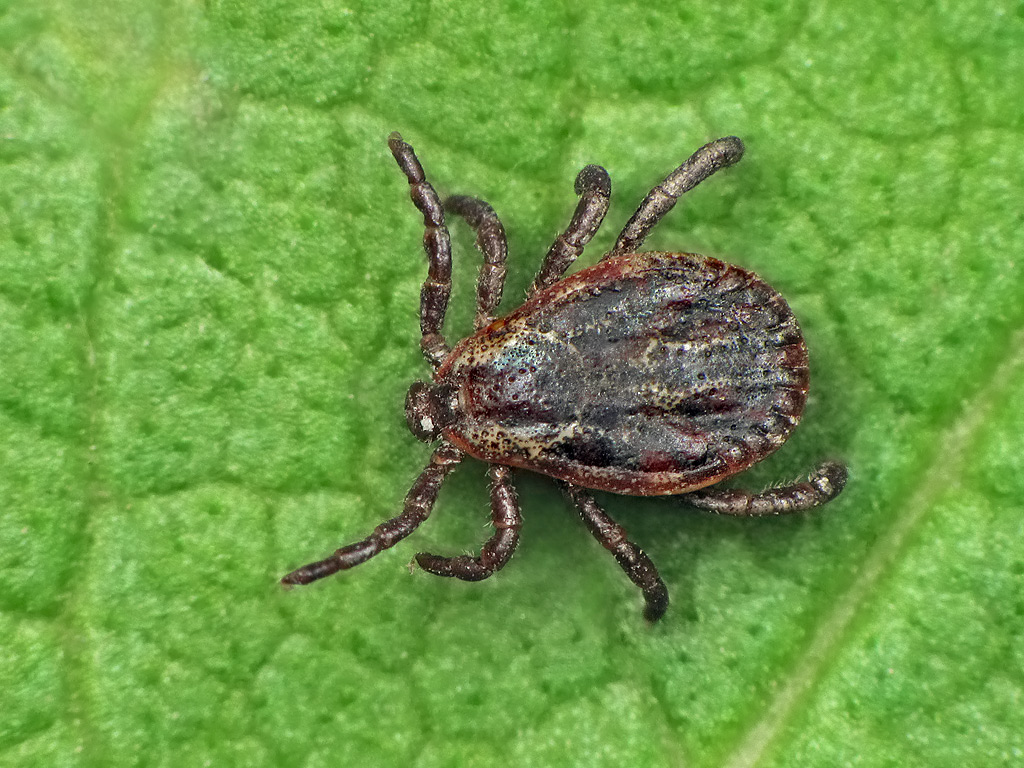Image by: Ryszard, CC BY-NC 2.0 DEED
With cases of babesiosis increasing in the United States over the past decade, this lesser-known tick-borne disease has been gaining more attention. Babesiosis is a disease caused by the Babesia parasite that infects the red blood cells of humans.1 While most individuals with babesiosis do not exhibit any symptoms, some may develop flu-like symptoms over the course of a few weeks or months, which can be treated with a combination of medications.1,2 However, babesiosis can develop into a more severe, life-threatening illness for individuals older than 50 years of age and those with a weakened immune system or other serious health issues.1 Most Babesia infections develop from the bites of black-legged ticks, which can be found in wooded and grassy environments of the Northeast and upper Midwest.1 An infection can also spread through transfusions with blood containing the parasite and can pass from a birthing person to a baby during pregnancy.1
From 2011 to 2019, there has been a significant increase in reported cases nationally.3 Over 98% of these reports have come from only 10 states.3 The most dramatic rise has been seen in Vermont, which saw a 1,602% increase in cases, closely followed by Maine and New Hampshire.3 With these concerning numbers, the CDC has now included Vermont, Maine, and New Hampshire to the list of states that are endemic–meaning, consistently present–with babesiosis.3 While these cases are mostly concentrated in the Northeast and upper Midwest, babesiosis is expanding its reach and moving south.4
This recent increase in babesiosis cases has been attributed to climate change and warming temperatures, which are causing disease-carrying ticks to be active for a longer season.5 An uptick in the population of whitetail deers, which carry the ticks, and an increase in housing developments in wooded areas are also contributing to this parasite’s expansion.5
Understanding the true spread of this disease can be difficult. Since babesiosis is not reportable in all states, some state health departments are not required to report cases to the CDC.3 Additionally, symptoms of babesiosis are very similar to that of Lyme disease, and many people do not have symptoms at all.5 As a result, some cases of babesiosis may not be properly captured by health departments. Due to this combination of factors, along with other limitations in surveillance, reporting systems, and current diagnostic tests, the true burden of tick-borne diseases in the United States is most likely underestimated.6
With this growing threat of babesiosis and tick-borne diseases overall, it is important that we all continue to protect ourselves by using tick repellents, wearing long-sleeved pants and shirts when outdoors, avoiding long grass and brushy areas, and checking for ticks after going outside.1
Sources:
- https://www.cdc.gov/babesiosis/about/index.html
- https://my.clevelandclinic.org/health/diseases/24809-babesiosis#management-and-treatment
- https://www.cdc.gov/mmwr/volumes/72/wr/mm7211a1.htm
- https://epi.ufl.edu/2023/05/23/tick-surveillance-key-to-tracking-emerging-disease-babesiosis/
- https://www.health.harvard.edu/blog/babesiosis-a-tick-borne-illness-on-the-rise-202305032932
- https://www.nejm.org/doi/full/10.1056/NEJMp1807870


